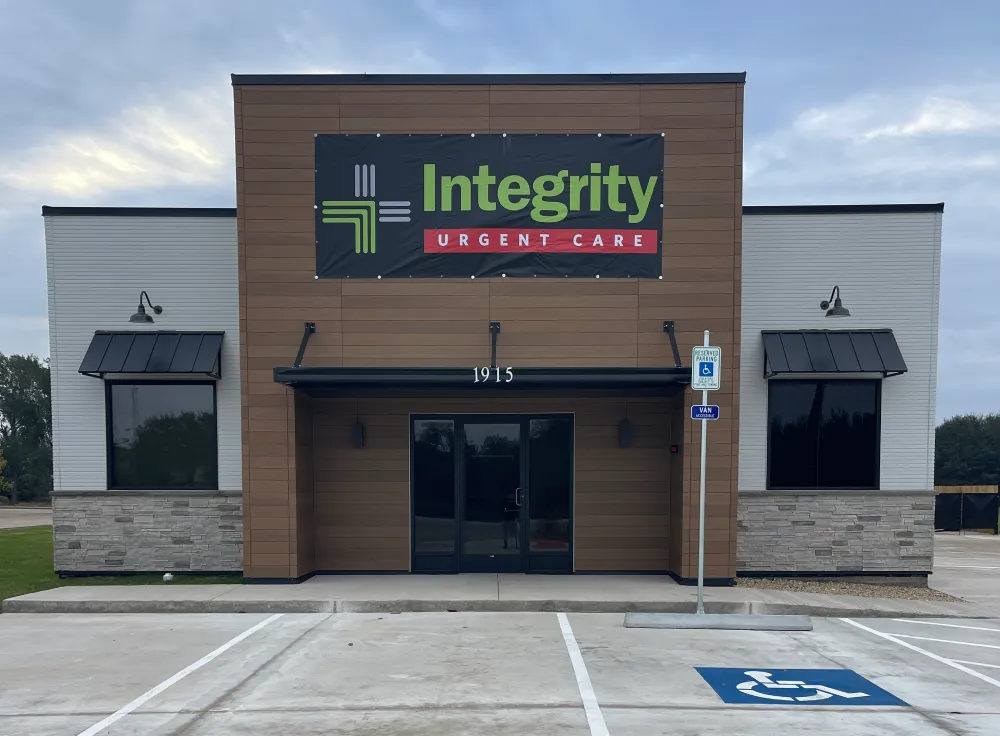You’re at your routine check-up, and your healthcare provider tells you your blood pressure is high. What does that mean for your health? Should you be concerned?
In 2022, heart disease and stroke took more lives in the United States than all forms of cancer and chronic lower respiratory diseases combined. On a global scale, cardiovascular disease was responsible for approximately 19.41 million deaths in 2021. American Heart Month serves as a reminder of the number one cause of death in the U.S. for both men and women: heart disease. Fortunately, understanding the link between hypertension, cardiovascular disease, and stroke, recognizing your personal risk factors, and adopting heart-healthy habits can dramatically reduce your risk and help you take control of your health.
What is Hypertension?
Blood pressure is the force of blood flowing through your arteries as your heart pumps. When this pressure remains consistently high, it’s categorized as high blood pressure, or hypertension. Over time, this extra strain can damage the walls of your blood vessels, leading to a buildup of plaque, which narrows the passageways for blood flow. As the blood flow becomes restricted, your risk for heart attack and stroke increases significantly. For most people, a healthy blood pressure is considered by medical experts to be 120/80 or lower, the top number representing the systolic pressure in your arteries with every heartbeat and the bottom representing the diastolic pressure between heartbeats.
What is Cardiovascular Disease?
941,652 individuals in the United States died of cardiovascular disease in 2022, an increase of 10,000 from 2021. Cardiovascular disease (CVD) is an umbrella term that includes a variety of conditions that affect the heart and blood vessels, such as coronary heart disease, heart failure, atrial fibrillation, peripheral artery disease, cardiomyopathy, and deep vein thrombosis. CVD, also commonly referred to as heart disease, occurs when a significant buildup of plaque in the walls of the arteries restricts blood flow. Symptoms such as shortness of breath, chest pain, swelling of the legs, and lightheadedness aren’t typically felt until the blockage of blood flow is severe.
What is a Stroke?
During a stroke, the blood supply to the brain is blocked. Symptoms include difficulty speaking, weakness or paralysis on one side of the body, vision impairment, severe headache, and difficulty walking. If you or someone you love exhibits these signs, call 911 immediately.
The Connection Between Hypertension, Cardiovascular Disease, and Stroke
Hypertension is a major risk factor for cardiovascular disease (CVD), as it reduces blood flow and increases the risk of both heart attack and stroke. Over time, as the heart works harder to pump blood through narrowed arteries, the left ventricle can thicken, which puts additional strain on the heart.
Hypertension is also the leading cause of stroke, which can occur either from blocked blood flow or ruptured blood vessels. Because hypertension often has no noticeable symptoms, regularly monitoring your blood pressure with your healthcare provider is the best way to detect it early. If left untreated, hypertension can lead to serious complications, including kidney disease, heart disease, and stroke.
Shared Risk Factors for Hypertension, Cardiovascular Disease, and Stroke
Lifestyle factors that negatively impact cardiovascular health can elevate the risk of hypertension, cardiovascular disease, and stroke. It’s important to speak to a medical provider about your unique risk. The following are common contributing factors:
- A diet high in sodium, cholesterol, and saturated fat
- Lack of regular exercise
- Untreated diabetes, both type 1 and type 2
- Excess body weight
- Genetic predisposition
- Use of alcohol and tobacco products
Managing Your Heart Health
During American Heart Month and beyond, show your heart some love by adopting heart-healthy habits.
Eat a Healthy Diet
Eat a diet rich in fruits, vegetables, whole grains, and lean proteins. Avoid processed foods that are high in sodium and trans fats, which can increase your risk of heart disease and stroke.
Get Regular Exercise
Physical activity is important for overall health and well-being. For optimal heart health, the American Heart Association recommends at least 150 minutes of moderate-intensity aerobic activity per week, including activities like walking, biking, or swimming.
Take a Preventative Approach
Preventing hypertension, cardiovascular disease, and stroke starts with regular check-ups and screenings to assess your heart health. It’s important to discuss key factors such as your weight, blood pressure, cholesterol levels, and overall wellness with your healthcare provider at least once a year. While these screenings won’t provide a complete picture of your heart health, they can offer valuable insights into how your body functions and help identify early warning signs.
If you experience common signs of a heart attack, such as chest pain, shortness of breath, fatigue, or irregular heartbeat, call 911 or see the closest emergency room.
Urgent Care Centers in Texas
With multiple locations throughout Texas, Integrity Urgent Care offers appointment-based and walk-in urgent care services and virtual telehealth primary care services. We understand that recognizing the connection between hypertension, cardiovascular disease, and stroke is crucial for taking control of your heart health. Find a convenient location near you to learn more.



